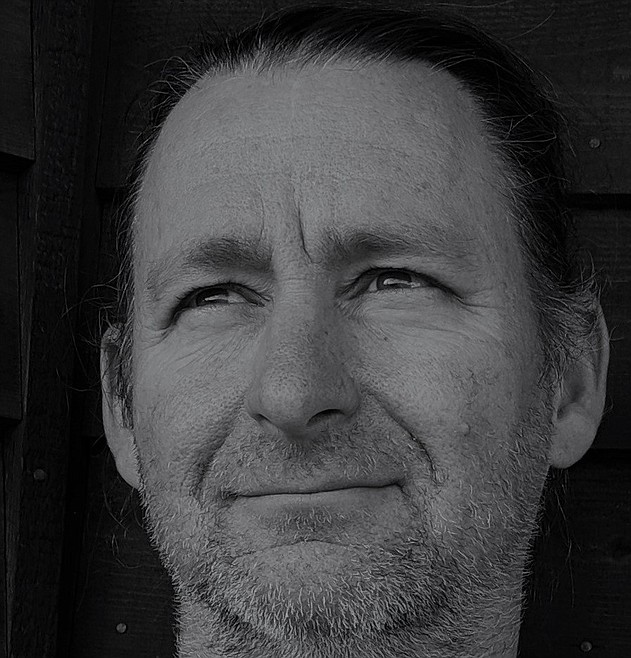Boundary County Human Rights Task Force: Celebrating a diversity of faiths; fostering a culture of respect
The First Amendment to the U.S. Constitution, written by James Madison in 1789, enshrined into law both freedom of religion and freedom from religion. “Congress shall make no law respecting an establishment of religion, or prohibiting the free exercise thereof.” This was a rejection of the British system, which maintained an official Church of England and limited the political rights of non-members. Thomas Jefferson hailed the First Amendment as “a wall of separation between Church & State.”
Under First Amendment protection, the major religions of the world are all represented in the USA. These include the three Abrahamic faiths (Judaism, Islam, Christianity), the dharmic religions of East Asia (Hinduism, Buddhism), and their many offshoots. The holiday season is an appropriate time to acknowledge and affirm the core values shared by these diverse belief systems, including gratitude, peace, and kindness.
GRATITUDE. Thanksgiving Day in the USA traces back to the 1621 harvest celebration of Puritan Christians in North America. Native farming communities in the region had (and have) their own traditions of celebration and gratitude for the autumn harvest, including the Green Corn Festival. The Jewish autumn holiday of Sukkot, sometimes translated as the Festival of Ingathering, originated in ancient Hebrew agricultural harvests. Kwanzaa, the end-of-the-year celebration of African-American heritage, draws on the “first fruits” festivals of southern Africa.
Like the Tanakh (Hebrew Bible) and the Holy Bible of Christianity, the Noble Quran of Islam instructs believers to bestow thanks to the divine creator. Hindu texts and Buddhist teachings exalt gratitude as one of the most important virtues. Most Hindu festivals focus on giving thanks.
PEACE. Considering all the crusades, pogroms, and other religious violence over the past 2,000 years, you might be surprised to learn that the major religions all contain messages of peace. War-makers can always find religious justification (“We’re righteous and you’re the enemy”), but so can peacemakers. The greatest nonviolent leaders of the twentieth century were deeply religious: Mohandas Gandhi (Hindu/Buddhist), Khan Abdul Ghaffar Khan (Muslim), and the Rev. Martin Luther King Jr. (Christian). The vast majority of Christians, Jews, Muslims, Buddhists, Hindus, Sikhs, and Jains live in peace.
From Jewish tradition, Psalm 34:15 says “Depart from evil, and do good; seek peace, and pursue it.” The Talmud teaches that the world stands “on justice, on truth, and on peace” (Pirkei Avot 1:18), and that “the entire Torah is for the sake of the ways of shalom” (Gittin 59b). Shalom, used in greetings and farewells, is the Hebrew word for peace.
For Christians, Jesus of Nazareth preached, “Blessed are the peacemakers, for they shall be called sons of God” (Matthew 5:9). One of his early followers wrote, “A harvest of righteousness is sown in peace by those who make peace” (James 3:18). Muslims consider Jesus an important prophet. The Qur’an discloses to Muslims that peace (salaam) is one of the names of God (59:23). Shalom and salaam are essentially the same word.
Non-harming is one of the ideals of Hinduism, Buddhism, and other dharmic religions. They view all life as one and emphasize loving kindness (metta) and compassion (karuna) toward all beings. Ahimsa means not causing mental, physical, or emotional harm, and is the basis for Gandhian nonviolence.
KINDNESS. The “golden rule” is almost universal. For Christians and Jews, there is “Love your neighbor as yourself” (Leviticus 19:18). Hillel, an ancient Jewish sage, considered this fundamental: “What is hateful to you, do not do to your neighbor. This is the whole Torah: all the rest is just commentary” (Talmud, Shabbat 31a). Jesus agreed: “In everything, do unto others as you would have them do to you. For this sums up the law and the prophets” (Matthew 7:12). According to Islamic scholars, one teaching of the prophet Muhammad summarizes much of their religion: “None of you will believe until you love for your brother what you love for yourself” (Hadith 13).
The Eastern religions also share the golden rule. One Hindu version is “This is the sum of duty: do not do to others what would cause pain if done to you” (Mahabharata 5: 1517). For Buddhists, there is “Hurt not others in ways that you yourself would find hurtful” (Udana-Varga 5:18). You can find similar verses in Confucianism, Taoism, Jainism, Sikhism, and in an ancient Egyptian text almost 4,000 years old.
The golden rule is the basis for the concept of human rights, which holds that a person has both a right to just treatment and a reciprocal responsibility to ensure justice for all. The Boundary County Human Rights Task Force encourages all people of all faiths, and non-believers too, to honor their traditions and express gratitude, work for peace, and uphold the golden rule of kindness.
- • •
Timothy Braatz is a professor of history and nonviolence at Saddleback College. Previously, he taught at Southern Utah University and Arizona State University. He has a Ph.D. in U.S. history from Arizona State, and is the author of several books, including “Peace Lessons” and “From Ghetto to Death Camp: A Memoir of Privilege and Luck.” Locally, he wrote and directed the dramatic scenes for Vicki Thompson’s recent productions, “A Common Beat” and “Stardust!”

